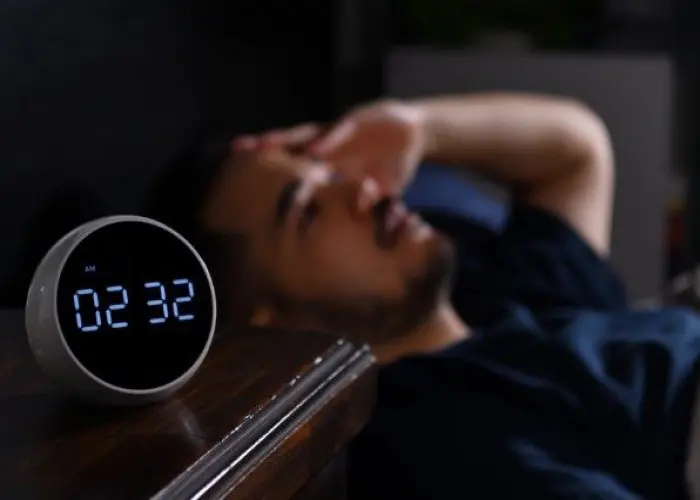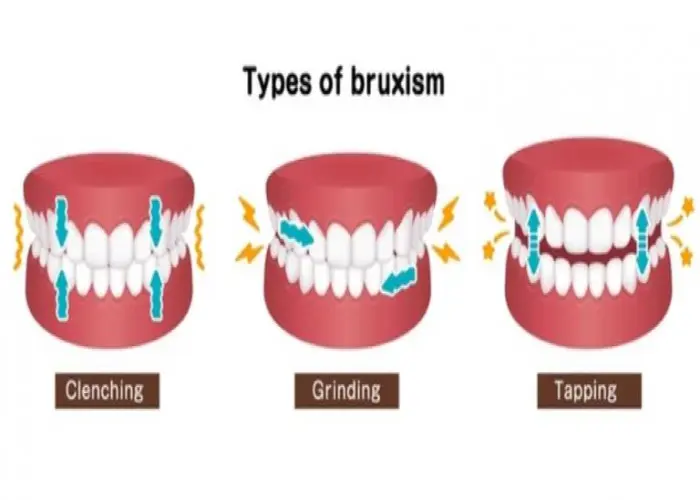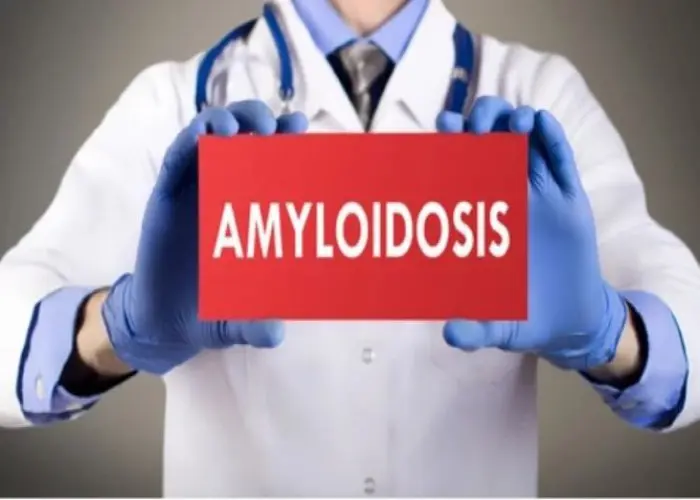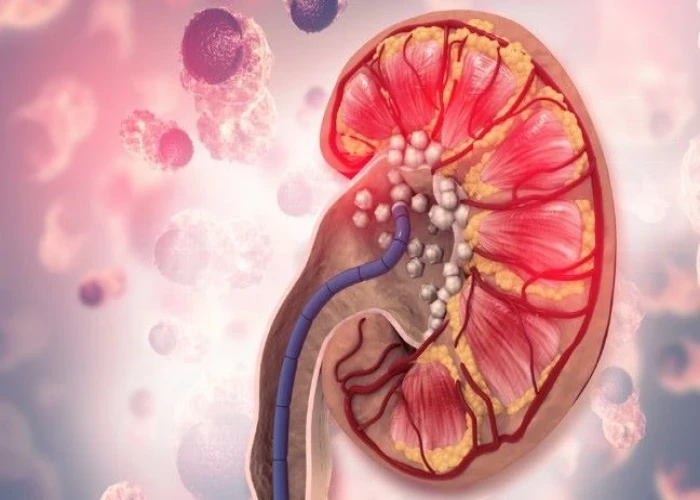 Welcome
Welcome
“May all be happy, may all be healed, may all be at peace and may no one ever suffer."
Kidney stones

Kidney stones are hard, solid deposits that form in the kidneys from substances in the urine, such as calcium, oxalate, and uric acid. They can range in size from a grain of sand to a golf ball and can cause significant pain and discomfort when they move through the urinary tract.
Symptoms of kidney stones may include:
- Pain in the side or back that may radiate to the groin
- Painful or frequent urination
- Blood in the urine
- Nausea and vomiting
- Fever and chills (if an infection is present)
Treatment for kidney stones may depend on the size and location of the stone, as well as the severity of symptoms. Options may include:
- Drinking plenty of fluids: Drinking water and other fluids can help flush the kidney stones out of the urinary tract.
- Pain medication: Over-the-counter pain relievers may be recommended to help manage pain.
- Medications to help pass the stone: Certain medications, such as alpha blockers, may be prescribed to help relax the muscles in the ureter, making it easier for the stone to pass.
- Procedures to remove the stone: If the stone is too large to pass on its own or is causing significant symptoms, procedures such as shock wave lithotripsy, ureteroscopy, or percutaneous nephrolithotomy may be necessary to remove the stone.
Prevention of kidney stones may involve lifestyle changes such as drinking plenty of fluids, limiting sodium and animal protein intake, and avoiding foods high in oxalate. It is also important to seek medical attention if you experience symptoms of kidney stones to prevent complications.
Research Papers
Disease Signs and Symptoms
- Back pain
- Abdomen pain
- Lower abdomen pain
- Strong urine smell
- Nausea or vomiting
- Fever and chills if an infection is present
- Pain that radiates to the lower abdomen and groin
- Inability to resist powerful urges to steal items that don't need
- Kidney stones
Disease Causes
Kidney stones
Kidney stones often have no definite, single cause, although several factors may increase your risk.
Kidney stones form when your urine contains more crystal-forming substances — such as calcium, oxalate and uric acid — than the fluid in your urine can dilute. At the same time, your urine may lack substances that prevent crystals from sticking together, creating an ideal environment for kidney stones to form.
Types of kidney stones
Knowing the type of kidney stone you have helps determine its cause, and may give clues on how to reduce your risk of getting more kidney stones. If possible, try to save your kidney stone if you pass one so that you can bring it to your doctor for analysis.
Types of kidney stones include:
- Calcium stones. Most kidney stones are calcium stones, usually in the form of calcium oxalate. Oxalate is a substance made daily by your liver or absorbed from your diet. Certain fruits and vegetables, as well as nuts and chocolate, have high oxalate content.
- Dietary factors, high doses of vitamin D, intestinal bypass surgery and several metabolic disorders can increase the concentration of calcium or oxalate in urine.
- Calcium stones may also occur in the form of calcium phosphate. This type of stone is more common in metabolic conditions, such as renal tubular acidosis. It may also be associated with certain medications used to treat migraines or seizures, such as topiramate (Topamax, Trokendi XR, Qudexy XR).
- Struvite stones. Struvite stones form in response to a urinary tract infection. These stones can grow quickly and become quite large, sometimes with few symptoms or little warning.
- Uric acid stones. Uric acid stones can form in people who lose too much fluid because of chronic diarrhea or malabsorption, those who eat a high-protein diet, and those with diabetes or metabolic syndrome. Certain genetic factors also may increase your risk of uric acid stones.
- Cystine stones. These stones form in people with a hereditary disorder called cystinuria that causes the kidneys to excrete too much of a specific amino acid.
Disease Prevents
Disease Treatments
Treatment for kidney stones varies, depending on the type of stone and the cause.
Small stones with minimal symptoms
Most small kidney stones won't require invasive treatment. You may be able to pass a small stone by:
- Drinking water. Drinking as much as 2 to 3 quarts (1.8 to 3.6 liters) a day will keep your urine dilute and may prevent stones from forming. Unless your doctor tells you otherwise, drink enough fluid — ideally mostly water — to produce clear or nearly clear urine.
- Pain relievers. Passing a small stone can cause some discomfort. To relieve mild pain, your doctor may recommend pain relievers such as ibuprofen (Advil, Motrin IB, others) or naproxen sodium (Aleve).
- Medical therapy. Your doctor may give you a medication to help pass your kidney stone. This type of medication, known as an alpha blocker, relaxes the muscles in your ureter, helping you pass the kidney stone more quickly and with less pain. Examples of alpha blockers include tamsulosin (Flomax) and the drug combination dutasteride and tamsulosin (Jalyn).
Large stones and those that cause symptoms
Kidney stones that are too large to pass on their own or cause bleeding, kidney damage or ongoing urinary tract infections may require more-extensive treatment. Procedures may include:
- Using sound waves to break up stones. For certain kidney stones — depending on size and location — your doctor may recommend a procedure called extracorporeal shock wave lithotripsy (ESWL).
- ESWL uses sound waves to create strong vibrations (shock waves) that break the stones into tiny pieces that can be passed in your urine. The procedure lasts about 45 to 60 minutes and can cause moderate pain, so you may be under sedation or light anesthesia to make you comfortable.
- ESWL can cause blood in the urine, bruising on the back or abdomen, bleeding around the kidney and other adjacent organs, and discomfort as the stone fragments pass through the urinary tract.
- Surgery to remove very large stones in the kidney. A procedure called percutaneous nephrolithotomy (nef-row-lih-THOT-uh-me) involves surgically removing a kidney stone using small telescopes and instruments inserted through a small incision in your back.
- You will receive general anesthesia during the surgery and be in the hospital for one to two days while you recover. Your doctor may recommend this surgery if ESWL is unsuccessful.
- Using a scope to remove stones. To remove a smaller stone in your ureter or kidney, your doctor may pass a thin lighted tube (ureteroscope) equipped with a camera through your urethra and bladder to your ureter.
- Once the stone is located, special tools can snare the stone or break it into pieces that will pass in your urine. Your doctor may then place a small tube (stent) in the ureter to relieve swelling and promote healing. You may need general or local anesthesia during this procedure.
- Parathyroid gland surgery. Some calcium phosphate stones are caused by overactive parathyroid glands, which are located on the four corners of your thyroid gland, just below your Adam's apple. When these glands produce too much parathyroid hormone (hyperparathyroidism), your calcium levels can become too high and kidney stones may form as a result.
- Hyperparathyroidism sometimes occurs when a small, benign tumor forms in one of your parathyroid glands or you develop another condition that leads these glands to produce more parathyroid hormone. Removing the growth from the gland stops the formation of kidney stones. Or your doctor may recommend treatment of the condition that's causing your parathyroid gland to overproduce the hormone.
Disease Diagnoses
Disease Allopathic Generics
-
Diclofenac Sodium
Pain medication with diclofenac sodium.
Adults 50 mg 3 times a day with or after meals.
-
Diclofenac Sodium
Pain medication with diclofenac sodium. 1 3 times a day between meals or after meals.
-
Ranitidine Hydrochloride
Medicines containing ranitidine to prevent acid or gas in the stomach.
1 pill in the morning and at night after food.
-
Ranitidine Hydrochloride
1 ampoule should be injected very slowly into the flesh or vein.
-
Drotaverine
Medicines containing pethidine hydrochloride for severe pain.
Adults 50/100mg should be injected intramuscularly. It can be given again after 6 hours if necessary.
-
Ampicillin Sodium
Ampicillin is a drug for bacterial infections.
1/2 capsule every 6 hours.
-
Cotrimoxazole
1 pill 2 times a day for 7-10 days.
-
Amoxicillin Trihydrate
1 capsule 3 times a day. 1 capsule every 6 hours according to the severity of the disease.
-
Ciprofloxacin
1 pill 2 times a day for 10 days.
-
Monosemicarbazone Adrenochrome
Blood clots with urine.
1 injection in the morning and 1 injection in the evening.
Disease Ayurvedic Generics
Disease Homeopathic Generics
Disease yoga
Kidney stones and Learn More about Diseases

Insomnia

Bruxism (teeth grinding)

Stevens-Johnson syndrome

Bladder stones

Ataxia

Angiosarcoma

Phantom pain

Premenstrual syndrome (PMS)
kidney stones, কিডনিতে পাথর
To be happy, beautiful, healthy, wealthy, hale and long-lived stay with DM3S.
